Uses of Rectifier - Applications, Principal, FAQs
Rectifier, device that transform alternating current into DC (Direct Current). It's going to be a tube (either a vacuum or a gaseous type), Oscillator, solid-state device, or Machine devices. DC is important for the operation of the many devices like laptop computers, televisions, and certain power tools. Now we’ll see- What is rectifier? It is an electrical component that converts AC (Alternating Current) to DC (Direct Current).
New: JEE Main/NEET 2027 - Physics Important Formulas for Class 10
JEE Main 2025: Study Materials | High Scoring Topics | Preparation Guide
JEE Main 2025: Syllabus | Sample Papers | Mock Tests | PYQs | Study Plan 100 Days
NEET 2025: Syllabus | High Scoring Topics | PYQs | Crack NEET in 2 months - Study Plan
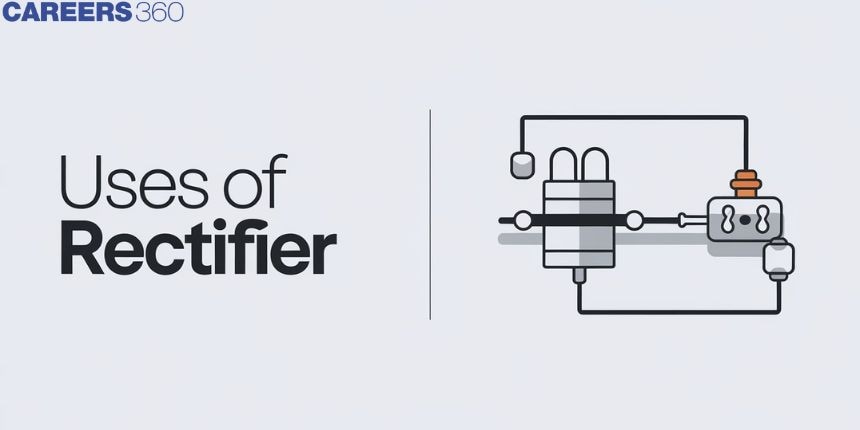

A rectifier is analogous to a one-way valve that permits an electrical current to flow in just one direction. The symbol of Rectifier is shown in fig1.0
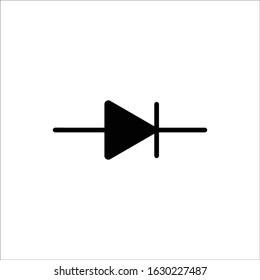
Also read -
- NCERT Solutions for Class 11 Physics
- NCERT Solutions for Class 12 Physics
- NCERT Solutions for All Subjects
The method of converting AC current to DC current is understood as rectification. Rectification is the process of transforming bidirectional current flow to unidirectional current flow. The method is of important importance in many areas of circuit design, including radio communication and AC to DC power conversion. There are differing types of rectifiers like half-wave rectifier, full-wave rectifier and bridge rectifier.
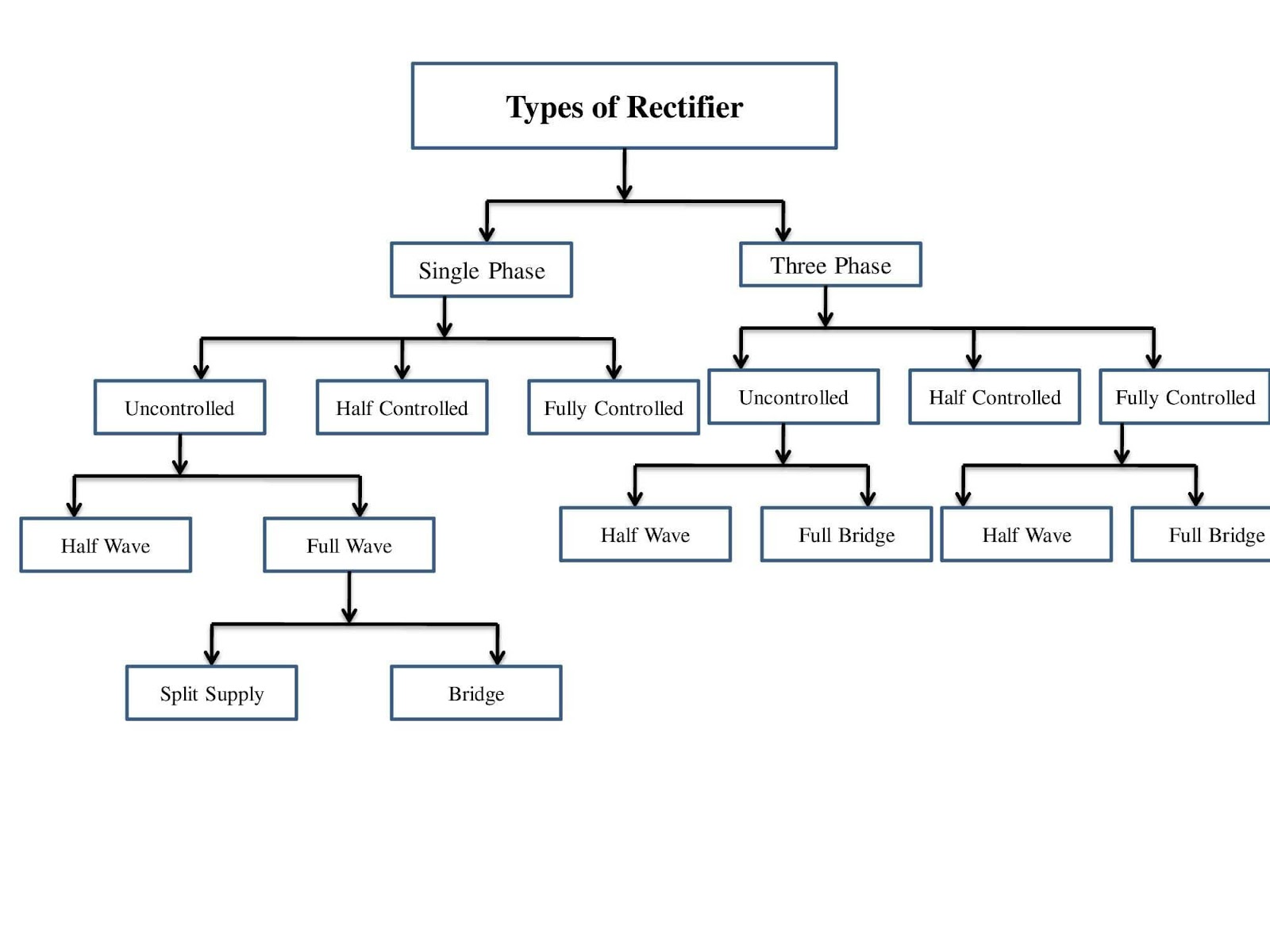
The half-wave type transforms or rectifies only half cycle of input waveform. The Full wave type converts or rectifies full cycle or entire input waveform. Bridge type rectifier also transform or rectifies entire input waveform. But, mostly bridge wave rectifier is employed for max number of applications because it is more efficient and advantageous than the half-wave rectifier and Full wave type rectifier. It is often designed using normal diodes or by making use of controlled switches in it. It utilizes both the positive and therefore the negative halves of the cycles in order that it results in the full wave rectification that’s why bridge rectifier is an alternative for full wave rectifier type. A widely used rectifier is that the three phase, 6 pulse, diode bridge rectifier. It's main function is low voltage motor drive front. The only phase uncontrolled full wave bridge rectifier circuit configuration (4 diodes arranged during a bridge circuit) is that the most generally functioned rectifier configuration today.
Now we see,
Application and Uses of Rectifier: It is a fundamental to what percentage different devices operate. Because the standard electrical distribution grid functioned AC power, any device that runs on DC power would require a rectifier to function correctly. Rectifier are used to convert AC to DC. Virtually all modern electronics need the steady, constant power of DC to work correctly. Additionally, we use rectifiers to vary voltage in DC power systems. Because it's relatively difficult to convert DC voltage directly in some scenarios, the only solution could also be the subsequent process: Convert DC to AC, Change the voltage employing a transformer, Convert AC back to DC employing a rectifier. The main function of Rectifier is to transform AC to DC
Related Topics link, |
Below, we've discussed a couple of rectifier applications:
A rectifier is employed for powering appliances
As we are aware that each one electrical appliances use a DC power supply to function. Employing a rectifier within the power supply helps in converting AC to DC power supply. Bridge rectifiers are widely used for giant devices, where they're liable of converting high AC voltage to low DC voltage.These are used with transformers
The use of a half-wave rectifier can help us achieve the specified dc voltage by employing a step-down or step-up transformers. Full-wave rectifiers are evenly used for powering up the motor and led, which performed on DC voltage.Uses of rectifier while soldering
A half-wave rectifier is employed in hand tool sorts of circuit and is additionally utilized in mosquito repellent to drive the lead for the fumes. In Arc welding, bridge rectifier circuits are wont to supply steady and polarized DC voltage current.It is also utilized in AM radio
A half-wave rectifier is employed in AM radio as a detector because the output consists of an audio signal. Thanks to the less intensity of the present, it's of little or no use to the more complex rectifier.Uses of Rectifier in circuits
A half-wave rectifier is employed in firing circuits and pulse generating circuits.It is used for modulation
For demodulating the amplitude of a modulated signal, a half-wave rectifier is employed. During a radio wave, to detect the amplitude of a modulating signal, a full-wave bridge rectifier is employed.It is utilized in voltage multiplier
Also Read:
- NCERT Solutions for Class 12 Physics Chapter 14 Semiconductor Electronics: Materials, Devices and
Simple Circuits - NCERT Exemplar Class 12 Physics Solutions Chapter 14 Semiconductor Electronics: Materials, Devices and
Simple Circuits - NCERT notes Class 12 Physics Chapter 14 Semiconductor Electronics: Materials, Devices and Simple
Circuits
Principal of Rectifier:
Rectifier converts AC → DC.
A rectifier will produce a wave that's unidirectional, like:
Half-Wave Rectifier Without Smoothing Capacitor:
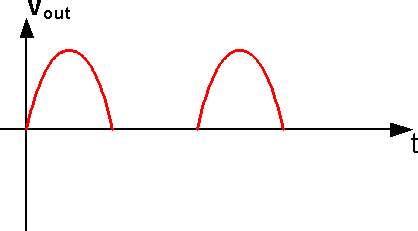
Half-Wave Rectifier without Smoothing Capacitor:
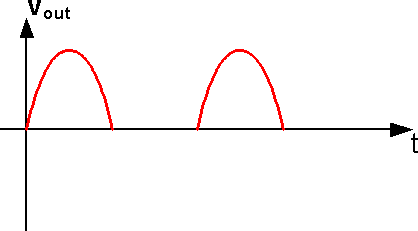
Full-Wave Rectifier with Smoothing Capacitor:
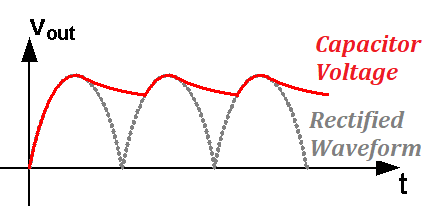
Fully rectified without ripple:
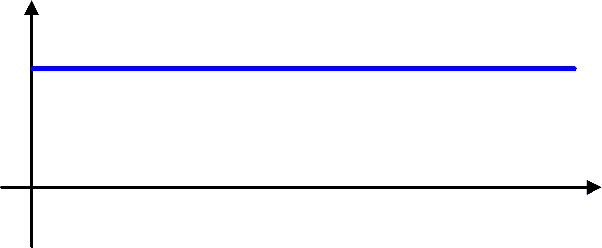
Rectifiers use diodes to form the present only pass in one direction (Diode has this feature, allowing current to flow only in one direction).
Capacitors are used with diodes to assist in smoothing and converting the pulsating DC to somehow steady DC with a coffee ripple.
A very simple Half-Wave diode without smoothing capacitor:

In the +ve cycle of the AC, the diode conducts and therefore the output is that the same because the input.
In the -ve cycle of the AC, the diode doesn't conduct then the voltage is zero across the load resistor, and since there's no current flowing then V=RL×0=0.
The half-wave rectifier actually may be a simple one. There are other types that attempt to maintain the clipped part (full-wave).
Examples:
The best example of rectifier that's utilized in our lifestyle is within the mobile charger. A mobile can only be charged efficiently if a continuing, uninterrupted voltage supply is being provided thereto .This can be done employing a rectifier within the circuit of the phone charger.
Here is that the phone charging circuit, which is essentially an AC to DC convertor.
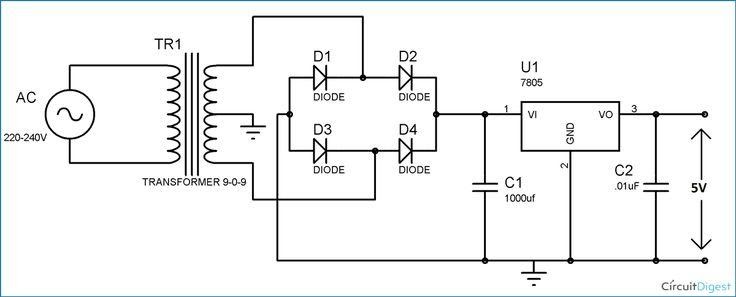
The bridge like circuit you see within the diagram at the input side is that the ‘bridge rectifier’ used for the aim.
Thus, during this way rectifier are often utilized in any application where AC input has got to be converted to DC.
Also check-
- NCERT Exemplar Class 11th Physics Solutions
- NCERT Exemplar Class 12th Physics Solutions
- NCERT Exemplar Solutions for All Subjects
NCERT Physics Notes:
Frequently Asked Questions (FAQs)
The ripple content of the ac power superimposing the mean of the dc voltage is reduced greatly.
The use of a half-wave rectifier can help us achieve the specified dc voltage by employing step-down or step-up transformers. Full-wave rectifiers are for strenghthning up the motor and led, which get works on DC voltage.
Industrial Rectifiers are wont to convert AC power to DC power for several different applications and utilise silicon diodes for uncontrolled applications and thyristors for controlled.
A single diode can transmute AC power into an intermittent DC flow, but a bridge rectifier uses 4 diodes to reverse the direction of each side of the AC pulse. With a bridge rectifier, the DC still fluctuate from 0 to a peak value, but it does not cut out half the time.
The power supply diagram clearly accuratley that a filter circuit is required after the rectifier circuit. A rectifier helps in converting a pulsating AC to DC, which flows only in one direction.
Also Read
11 Jan'25 05:47 PM
25 Nov'24 06:23 PM
20 Nov'24 02:59 PM
20 Nov'24 10:57 AM
15 Nov'24 01:49 PM
12 Nov'24 11:20 PM
12 Nov'24 10:24 PM
12 Nov'24 09:39 PM